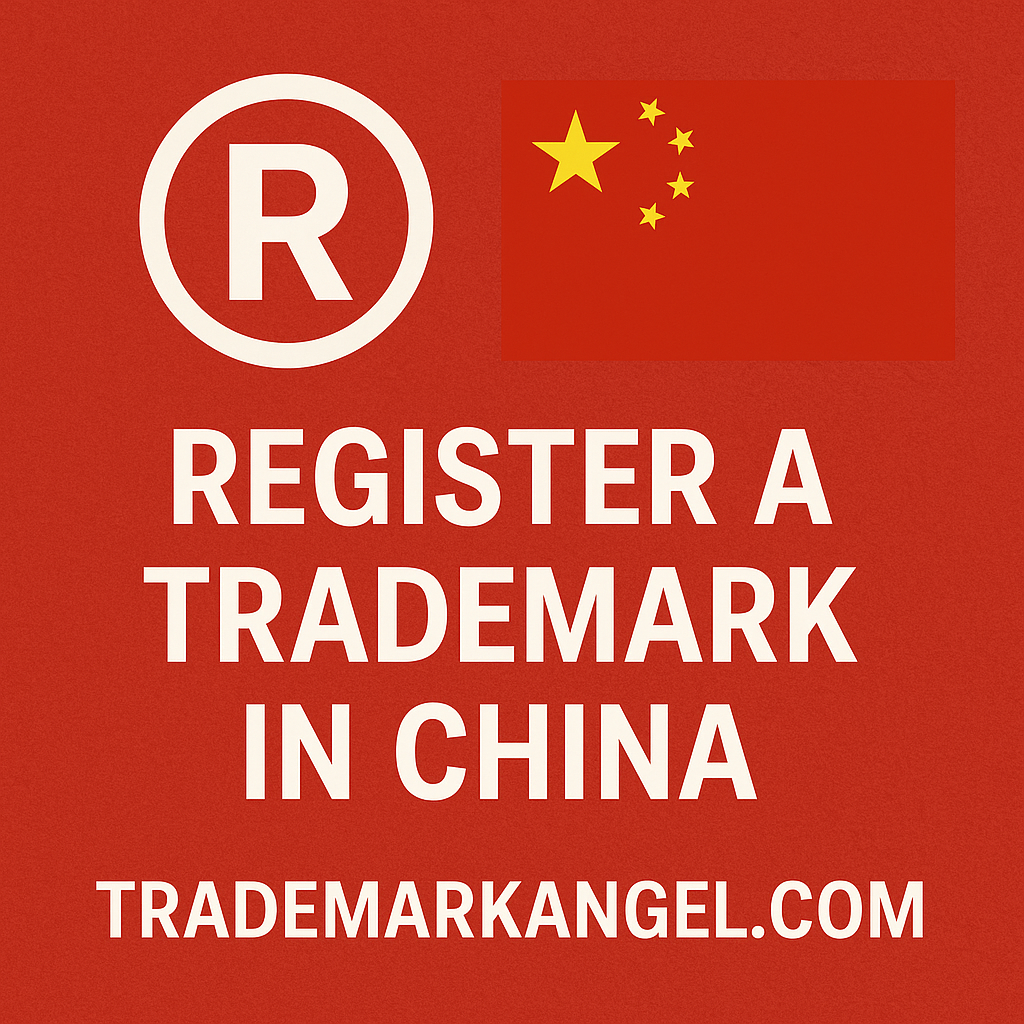
Can you trademark a color alone? Can you copyright a color?
Colors by themselves aren’t protected by copyright. An arrangement of colors, for example, in painting is protected by copyright, and such copyright belongs to the creator of the painting.
A single color may be protected as a trademark. In many countries such as the US, Canada, the UK, and EU, it is possible to register the color, while in others (usually in Asia, Africa, and the Middle East), you can’t, no matter how much you use it there. A single business may have the exclusive right to use a particular color on specific products or services in the course of trade.
Even where it is possible, it’s very difficult to register such color. A trademark color registration is difficult to register because there is a public interest in not monopolizing the availability of colors for use by other traders/businesses. However, if the owner can show that as a result of the long-standing and widespread use of the color on its products and services, customers’ perception of that color has changed, then it may be possible to trademark such color.
So if you wish to register the color, you will have to make your clients recognize your company the moment they see the color in association with your product/service. This may be very difficult to achieve (impossible in most cases).
Let’s throw some examples of color marks that everyone is familiar with:
Brown color AND courier services IS UPS.
Purple color AND chocolate IS Cadbury.
Robin’s-egg blue color AND jewelry IS Tiffany.
Green color AND machinery/tractors IS John Deere.
Orange color AND steel racking / home improvement IS Home Depot.
Red color AND retail department store IS Target.
It is worth noting that one does not trademark just color abstractly or in isolation from the products. It is always color AS applied to a specific product.
Let’s put this in the context.
UPS trademarked as chocolate brown color as applied to the entire surface of vehicles and uniforms.
Tiffany trademarked color robin’s-egg blue which is used on boxes. Of note: today the color is not only trademarked (it has been since 1998), but it also has its own custom Pantone number: 1837, the year the company was founded.
3M trademark canary yellow color as applied to POST-IT notes.
Home Depot trademarked color orange in various variations: as applied on steel racking, employees’ aprons and logo.
If you have trademarked a color, it means that nobody else will be able to register it on the same products.
Your products or services must be associated with the color by most of the consumers. The color must have acquired “secondary meaning” – signifying that consumers immediately associate this particular color with this particular company.
This is really difficult to do and expensive (since you will have to prove that the customers’ link the color of your products).
Should you worry about protecting your color? Probably not. Most business owners will be just fine by protecting their brand name, their logo and their slogan (tagline).






Thanks for sharing. I read many of your blog posts, cool, your blog is very good.
Thanks for sharing. I read many of your blog posts, cool, your blog is very good.